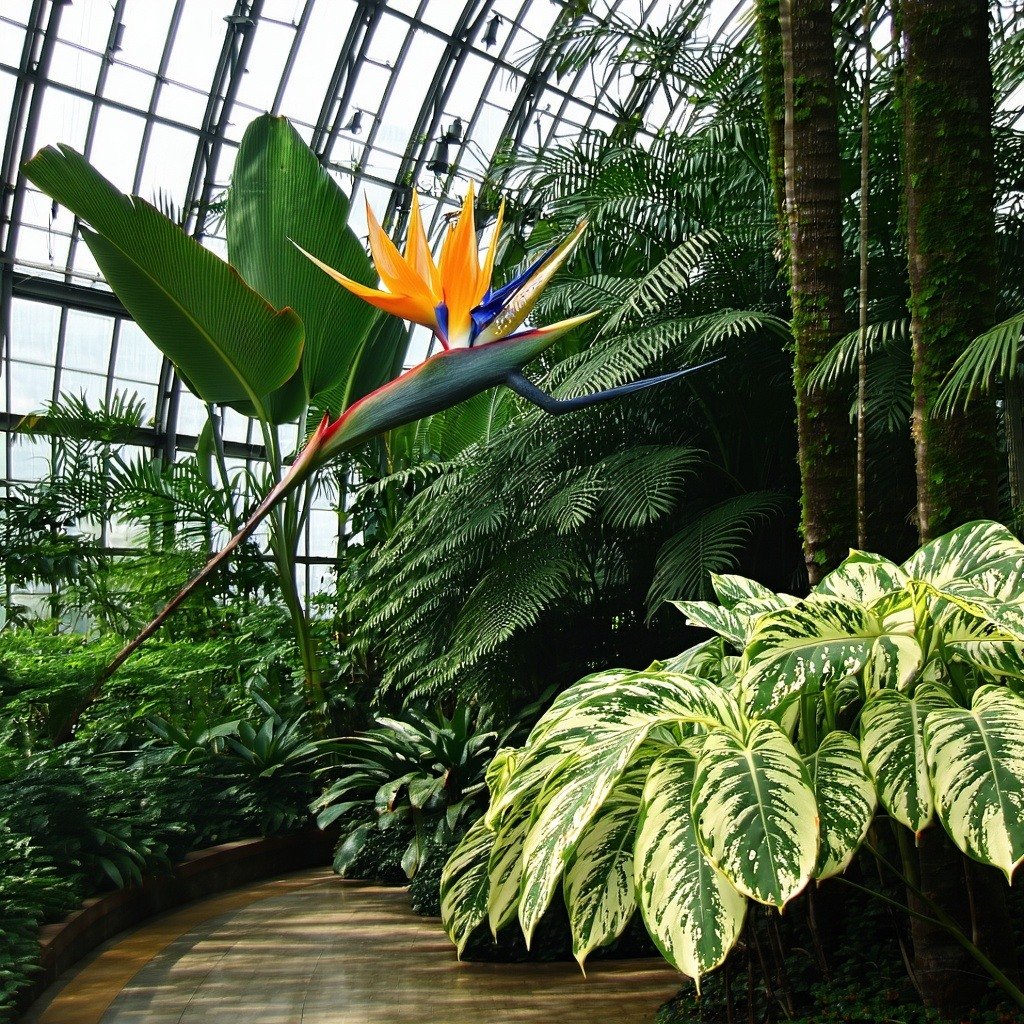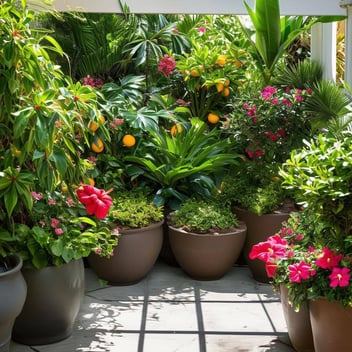The Art of Growing Tropical Foliage Plants for Floristry
Introduction
In the vibrant realm of floristry, tropical foliage plants hold a distinguished place, offering lush textures, vivid hues, and architectural forms that elevate floral compositions. Cultivating these exotic greens requires an understanding of their unique characteristics and growth requirements. This guide delves into the art of nurturing tropical foliage plants, ensuring they flourish and enhance floral designs with their unparalleled beauty.
1. Selecting Suitable Tropical Foliage Plants
Choosing the right tropical foliage is paramount for successful cultivation and impactful floral arrangements. Notable selections include:
-
Bird of Paradise (Strelitzia reginae): Renowned for its striking, bird-like flowers and robust leaves, this plant adds a dramatic flair to any arrangement.
-
Chinese Evergreen (Aglaonema spp.): Valued for its variegated leaves and adaptability to indoor conditions, it introduces subtle elegance.
-
Copperleaf (Acalypha wilkesiana): With its vibrant, multicolored foliage, it infuses arrangements with warmth and texture.
-
Bromeliads (Bromeliaceae): Offering a spectrum of colors and forms, they provide unique structural elements to designs.
2. Understanding Growth Requirements
To cultivate thriving tropical foliage, consider the following essentials:
-
Light: Most tropical plants flourish in bright, indirect light, mimicking their native understory habitats.
-
Temperature and Humidity: Consistent warmth and elevated humidity levels are crucial, reflecting their tropical origins.
-
Soil Composition: A well-draining, organic-rich medium prevents root rot and supports vigorous growth.
3. Propagation Techniques
Expanding your collection through propagation involves:
-
Division: Separating clumps or offsets, common in bromeliads and Chinese evergreens.
-
Stem Cuttings: Utilized for plants like copperleaf, where cuttings root readily under appropriate conditions.
4. Pest and Disease Management
Maintaining plant health necessitates vigilance against:
-
Common Pests: Aphids, mealybugs, and spider mites can be deterred through regular inspection and appropriate treatments.
-
Diseases: Fungal issues often arise from overwatering; ensuring proper air circulation and watering practices mitigates risks.
5. Harvesting and Post-Harvest Care
For optimal longevity in arrangements:
-
Harvesting: Cut foliage during the cooler parts of the day to reduce stress.
-
Conditioning: Immerse stems in water immediately after cutting and store them in a cool environment before use.
6. Integrating Foliage into Floral Designs
Tropical foliage can be artfully incorporated to:
-
Add Texture: The bold leaves of bird of paradise or the intricate patterns of bromeliads introduce depth.
-
Create Contrast: Pairing lush greens with delicate blooms enhances visual interest.
7. Sustainability and Ethical Practices
Responsible cultivation includes:
-
Eco-Friendly Growing: Utilizing organic fertilizers and sustainable watering methods.
-
Ethical Sourcing: Ensuring plant materials are obtained without harming natural ecosystems.
Conclusion
Mastering the cultivation of tropical foliage plants enriches the floristry palette, offering diverse textures and forms that elevate floral artistry. By understanding and meeting their specific growth needs, florists and gardeners alike can enjoy a sustainable supply of exquisite greenery, transforming ordinary arrangements into extraordinary botanical displays.




